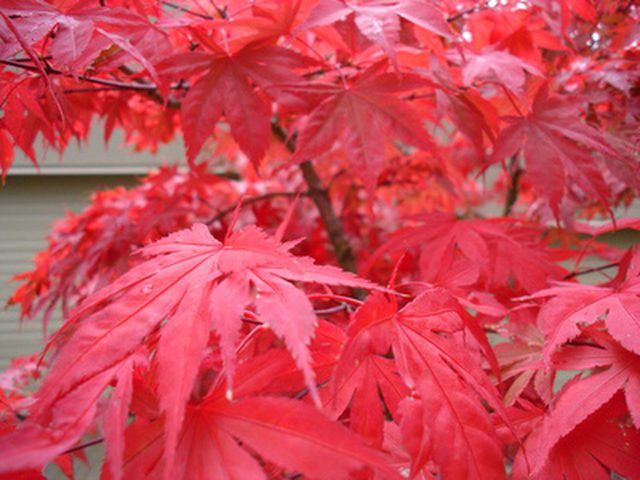Bulbs
Flower Basics
Flower Beds & Specialty Gardens
Flower Garden
Garden Furniture
Garden Gnomes
Garden Seeds
Garden Sheds
Garden Statues
Garden Tools & Supplies
Gardening Basics
Green & Organic
Groundcovers & Vines
Growing Annuals
Growing Basil
Growing Beans
Growing Berries
Growing Blueberries
Growing Cactus
Growing Corn
Growing Cotton
Growing Edibles
Growing Flowers
Growing Garlic
Growing Grapes
Growing Grass
Growing Herbs
Growing Jasmine
Growing Mint
Growing Mushrooms
Orchids
Growing Peanuts
Growing Perennials
Growing Plants
Growing Rosemary
Growing Roses
Growing Strawberries
Growing Sunflowers
Growing Thyme
Growing Tomatoes
Growing Tulips
Growing Vegetables
Herb Basics
Herb Garden
Indoor Growing
Landscaping Basics
Landscaping Patios
Landscaping Plants
Landscaping Shrubs
Landscaping Trees
Landscaping Walks & Pathways
Lawn Basics
Lawn Maintenance
Lawn Mowers
Lawn Ornaments
Lawn Planting
Lawn Tools
Outdoor Growing
Overall Landscape Planning
Pests, Weeds & Problems
Plant Basics
Rock Garden
Rose Garden
Shrubs
Soil
Specialty Gardens
Trees
Vegetable Garden
Yard Maintenance
Japanese Maple Tree Facts
Japanese Maple Tree Facts. The Japanese maple (Acer palmatum) is a member of the Aceraceae family. This tree is used in residential and commercial landscapes as a specimen tree but can also be trained to grow in above-ground containers and planters. Their ornamental value is appealing near patios and decks. Although this plant is not native to...

The Japanese maple (Acer palmatum) is a member of the Aceraceae family. This tree is used in residential and commercial landscapes as a specimen tree but can also be trained to grow in above-ground containers and planters. Their ornamental value is appealing near patios and decks. Although this plant is not native to North America, it has proven to grow well in many climates within the United States.
About
Japanese maples can be grown as a small tree or large shrubs, depending upon the needs of the landscape. The different varieties of Japanese maples feature different leaf colors and growth habits. Some of the varieties available include Atropurpureum, Bloodgood, Burgundy Lace, Dissectum, Elegans and Ornatum.
Growth
Japanese maple trees reach a height of 15 to 25 feet and spread of 15 to 25 feet at maturity. These slow-growing trees are round in shape and provide a symmetrical canopy. Japanese maple trees feature multiple trunks and thin bark. The thin green or slightly red twigs are resistant to breakage. To promote strong growth and achieve desired space, annual pruning is required.
Foliage
Japanese maple trees feature star-shaped leaves. The leaves of this deciduous tree measures 2 to 4 inches in length and are green throughout the summer before transitioning to a copper, orange, red or yellow color in the fall. The bright fall leaf colors make this a showy autumn tree. In the spring, Japanese maple trees produce small inconspicuous red flowers. Once the flowers are done blooming, elongated red fruits can be seen, measuring 1/2 inch to 1 inch in length.
Climate
Japanese maple trees thrive within USDA hardiness zones 5 through 8, which includes much of the central and southern portions of the United States, along with a few northern climates. Within these climate zones, Japanese maple trees should be planted in clay, loamy or sandy soils that are acidic or slightly alkaline. This tree prefers partial or full shade.
Pests & Diseases
Japanese maple trees have been known to be bothered by aphids, scales and borers. These diseases can affect the health of the branches and leaves of the tree. A number of diseases have also been known to damage Japanese maple trees, including temperature and wind scorch and nutrient deficiencies. To avoid health problems caused by deficiencies, test soil regularly and apply nutrients accordingly.